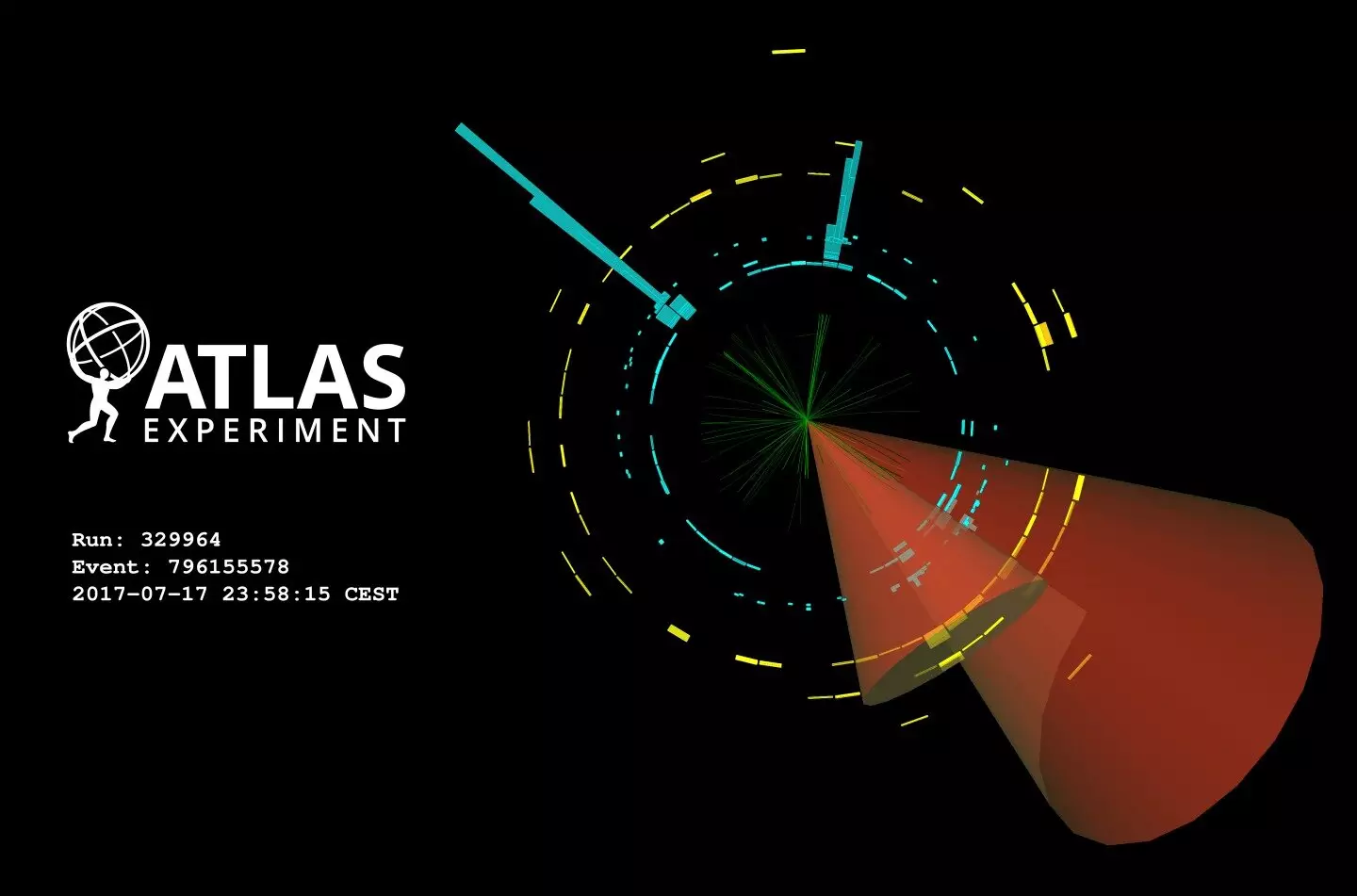Discovering one Higgs boson was already a monumental task, but now scientists are faced with the challenge of finding two Higgs bosons in the same place at the same time – a process known as di-Higgs production. This intricate process sheds light on the self-interaction of the Higgs boson, specifically the measurement of its “self-coupling,” a crucial element of the Standard Model that ties together the Higgs mechanism and the stability of our universe. However, di-Higgs production is an incredibly rare phenomenon, approximately 1,000 times rarer than the production of a single Higgs boson. Throughout the entire Run 2 of the Large Hadron Collider (LHC), only a few thousand di-Higgs events are projected to have occurred in ATLAS, amidst the 40 million collisions taking place every second.
To unearth these elusive di-Higgs productions, physicists must employ innovative strategies. One approach to streamline the search for di-Higgs production is to explore it through various channels, also known as decay modes. By examining the different ways in which di-Higgs particles decay and combining these observations, scientists can enhance their likelihood of identifying and studying di-Higgs production. Recently, researchers at the ATLAS collaboration unveiled their most sensitive quest for di-Higgs production and self-coupling to date. This breakthrough was made possible by amalgamating five studies of di-Higgs events from LHC Run 2 data, rendering it the most comprehensive search conducted by ATLAS so far.
Each decay mode presents its own set of challenges and advantages. For instance, the most plausible di-Higgs decay involves four bottom quarks, yet this scenario is clouded by the presence of background noise from Standard Model QCD processes, making it arduous to differentiate between a di-Higgs event and this backdrop. On the other hand, the decay into two bottom quarks and two tau leptons offers moderate background interference but is less prevalent and entails undetectable neutrinos, complicating the reconstruction of the decay. Meanwhile, decays involving multiple leptons exhibit intricate signatures. The rarest decay mode entails two bottom quarks and two photons, constituting merely 0.3% of total di-Higgs decays. Despite its rarity, this final state boasts a clearer signature and minimal background contamination.
Through a culmination of these diverse decay modes, researchers managed to demonstrate that the likelihood of two Higgs bosons being produced surpasses values more than 2.9 times the Standard Model projection, under a 95% confidence interval. Moreover, they were able to constrain the strength of the Higgs self-coupling, achieving unprecedented sensitivity in this critical measurement. This comprehensive result not only aligns with Standard Model predictions regarding the Higgs self-coupling constant and the interaction strength of two Higgs bosons and two vector bosons but also marks a significant milestone in the exploration of di-Higgs production.
With the data accrued from the ongoing LHC Run 3 and the imminent High-Luminosity LHC operation, ATLAS researchers are poised to potentially witness the long-awaited phenomenon of Higgs-boson-pair production. This forthcoming data holds the promise of unraveling further intricacies of di-Higgs production, shedding more light on the behavior and interactions of these elusive particles.


Leave a Reply